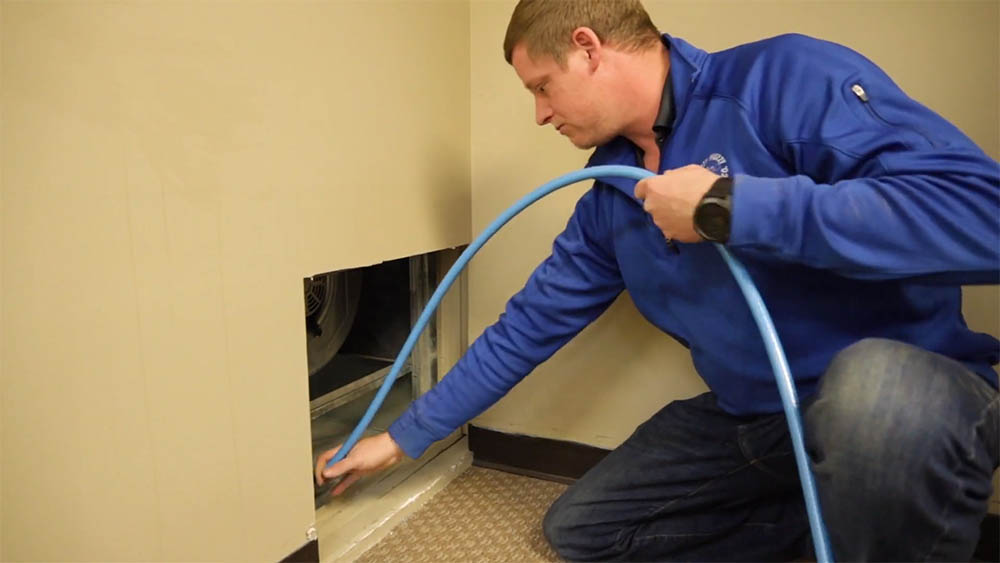Ensuring optimal conditions within indoor environments is crucial for both homeowners and business owners. The ability to control Relative Humidity (RH) and temperature in HVAC systems significantly influences comfort, health, and operational efficiency. In this article, we will delve into the essentials of how to control RH and temperature in HVAC systems using approved technology, shedding light on terrific tips that are bound to delight you.

Why Is Controlling RH and Temperature Important?
The importance of controlling RH and temperature cannot be overstated. Both factors play a vital role in ensuring a comfortable and healthy indoor environment. High humidity levels can promote the growth of mold and mildew, while low humidity can cause respiratory discomfort. Similarly, maintaining the right temperature is essential for comfort and productivity.
Understanding Relative Humidity (RH)
Relative Humidity refers to the amount of moisture in the air compared to the maximum amount the air can hold at a specific temperature. The ideal RH level for indoor environments is typically between 30% and 50%. To measure and control RH, humidity sensors and humidifiers or dehumidifiers are commonly used.
Humidity Sensors and Monitors
Humidity sensors help in constantly monitoring RH levels. These sensors provide real-time data that can be used to adjust HVAC settings accordingly to maintain optimal humidity levels. Using advanced technology, these sensors are highly accurate and provide tremendous value in controlling indoor RH.
Humidifiers and Dehumidifiers
Based on the RH readings, humidifiers add moisture to the air when it’s too dry, and dehumidifiers remove excess moisture when it’s too humid. Integrating these devices into your HVAC system ensures a balanced RH level, contributing to a healthier and more comfortable indoor environment.
The Role of Temperature in HVAC Systems
Temperature control is one of the primary functions of an HVAC system. Ensuring the right temperature enhances comfort, increases productivity, and protects the integrity of buildings and equipment. The following sections will detail the different methods to effectively control temperature in your HVAC system.
Smart Thermostats
Smart thermostats are an excellent way to manage temperature efficiently. These devices can learn your preferences and adjust settings automatically to maintain the desired temperature. They can also be controlled remotely using mobile apps, providing convenience and energy savings.
Zone Control Systems
Zone control systems allow you to divide your home or business into different areas, each with its own temperature settings. This ensures that each zone is maintained at a comfortable temperature without wasting energy on unoccupied areas.
Regular Maintenance of HVAC Systems
Regular maintenance is crucial for the efficient functioning of your HVAC system. This includes cleaning components, replacing filters, and checking for any issues. Well-maintained systems are more efficient and effective in controlling RH and temperature.
Energy Efficiency and Cost Savings
Implementing energy-efficient practices and systems can help you save on energy costs while maintaining a comfortable indoor environment. Smart thermostats, zone control systems, and regular maintenance all contribute to the overall energy efficiency of your HVAC system.
Investing in Energy-Efficient Equipment
Choosing energy-efficient HVAC equipment can significantly reduce your energy consumption and costs. Look for systems with high SEE R (Seasonal Energy Efficiency Ratio) ratings and Energy Star certifications.
R (Seasonal Energy Efficiency Ratio) ratings and Energy Star certifications.
Utilizing Renewable Energy Sources
Incorporating renewable energy sources, such as solar panels, into your HVAC system can further enhance energy efficiency and reduce your carbon footprint.
FAQs
What is the ideal RH level for indoor environments?
The ideal RH level for indoor environments is typically between 30% and 50%.
Why is temperature control important in HVAC systems?
Temperature control is essential for comfort, productivity, and protecting buildings and equipment.
How can I improve the energy efficiency of my HVAC system?
Improving energy efficiency can be achieved by using smart thermostats, implementing zone control systems, and regular maintenance.
For more information on proper cleaning methods, you can visit Proper Cleaning Methods.
If you are considering having your air ducts cleaned, you can learn more at This Washington Post Article.
You can also learn about What Kind of HVAC System Do I Have and What is Residential Duct Cleaning and on these links for more detailed insights.
By understanding the basics of how to control RH and temperature in HVAC systems, you can ensure a comfortable and healthy indoor environment. Utilize advanced technology and follow the tips mentioned above to achieve optimal results.